This year marks the 40th anniversary of the Missouri Natural Areas Program. These areas represent natural communities that have been the least impacted by modern humans. They contain a treasure trove of Missouri's natural diversity including more than 2,000 native plants, 60 native reptiles, 150 native breeding birds, 40 native amphibians and 180 native fish species.
You can travel back through time by visiting natural areas around the state. These areas preserve what remains of original landscapes seen by early Native Americans and Lewis and Clark, and feature rare plants, animals and unique geology.
You might hike through majestic old forests or desert-like glades -- canoe through an old cypress swamp or by a cool, blue-water spring -- or photograph wildflowers among tall prairie grasses.
Missouri’s Natural Areas include 184 special places that have been protected and studied by conservation groups for 40 years. They are some of the most scenic spots in Missouri and the only place certain animals and plants live. You can find one near or far, and explore our state’s rich diversity and natural history. Plan your visit today to support Missouri’s most natural areas.
What to Know Before You Go
Missouri's natural areas represent some of the best and last examples of our state's original landscape. Most natural areas are open to the public, and low-impact, appropriate public use is encouraged. Regulations on each Missouri natural area vary, so please consult the area's web page and call the manager for permitted uses and other details before you visit.
- Be aware that natural areas are owned and managed by a variety of organizations. Although the following apply to most natural areas, it’s a good idea to contact each area’s manager for detailed information and regulations.
- Natural areas are typically open from sunrise to sunset every day of the year.
- Do not collect plants, animals, minerals or artifacts. Nuts, berries, fruits and mushrooms may be taken only for personal consumption unless further regulated by the natural area owner. Collecting for scientific research requires a permit issued by the owner of the natural area.
- Vehicles, including off-highway vehicles and all-terrain vehicles, are prohibited except on roads open to public transportation.
- Access is by foot or watercraft only, except for designated horse and bike trails. However, in the Mark Twain National Forest, horse riders and bicyclists may travel freely off trails.
- Please keep pets on leashes.
- Rock climbing and rappelling are prohibited.Hunting is prohibited on natural areas managed by the Missouri Department of Natural Resources and The Nature Conservancy.
- Hunting is allowed on most natural areas managed by the Missouri Department of Conservation, Mark Twain National Forest and Ozark National Scenic Riverways. Check with the area’s manager for specific regulations.
- Fishing is allowed on most natural areas except those owned by The Nature Conservancy. Check with the area’s manager for specific regulations.
- Primitive camping is allowed on some natural areas. Check with the area’s manager for regulation
Want to visit Missouri’s natural areas? You can search them using our comprehensive guide.
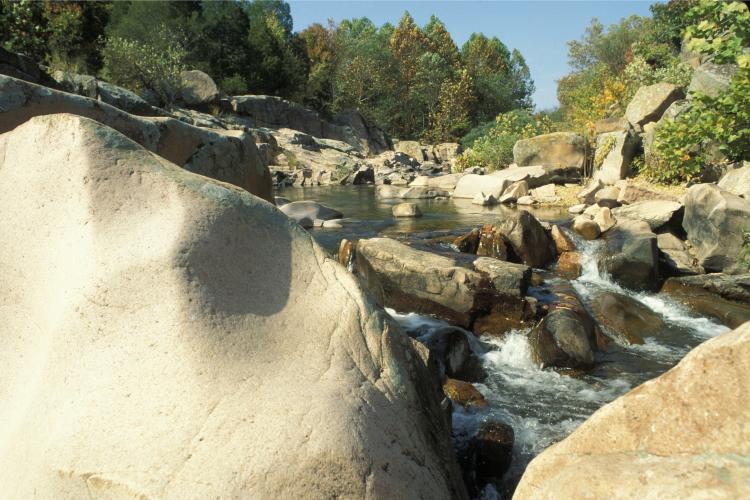
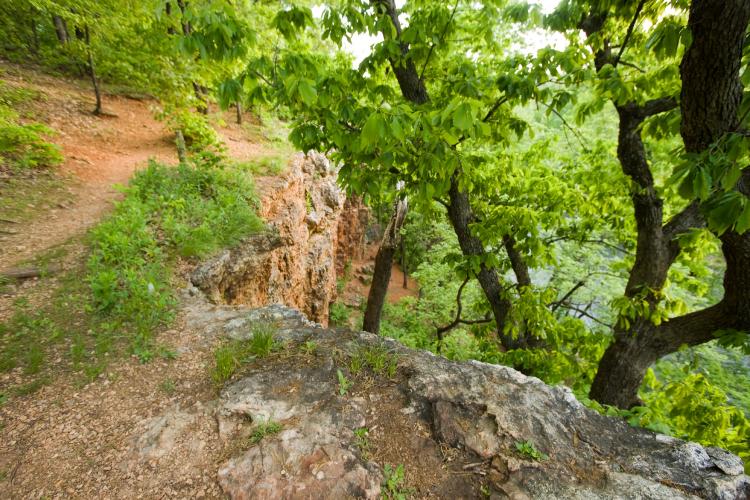
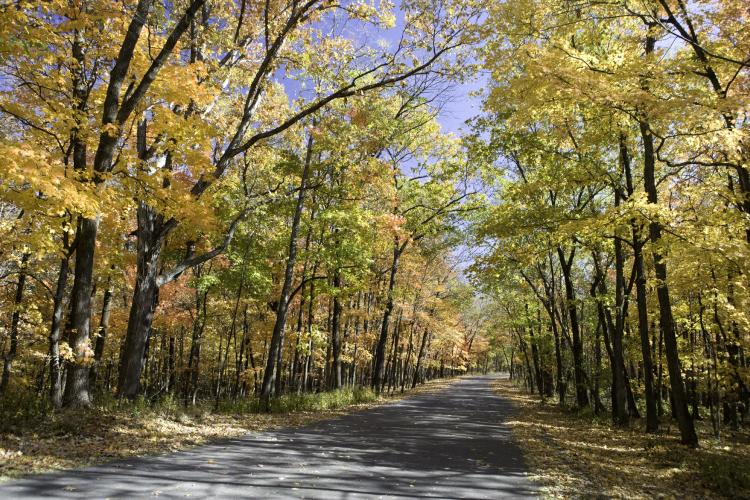
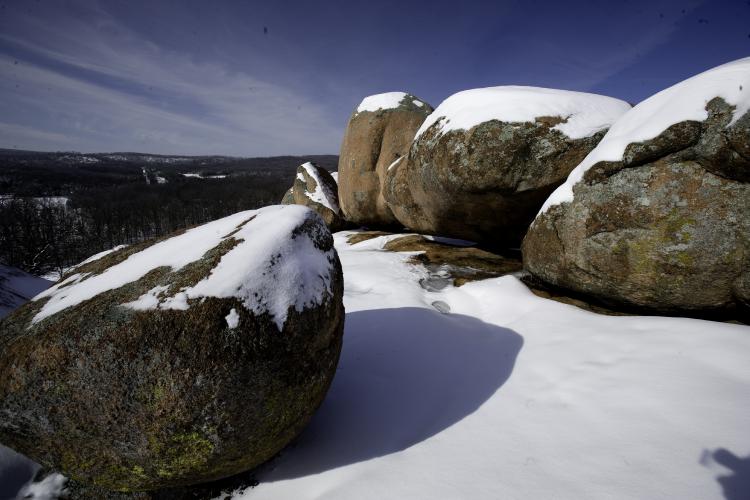
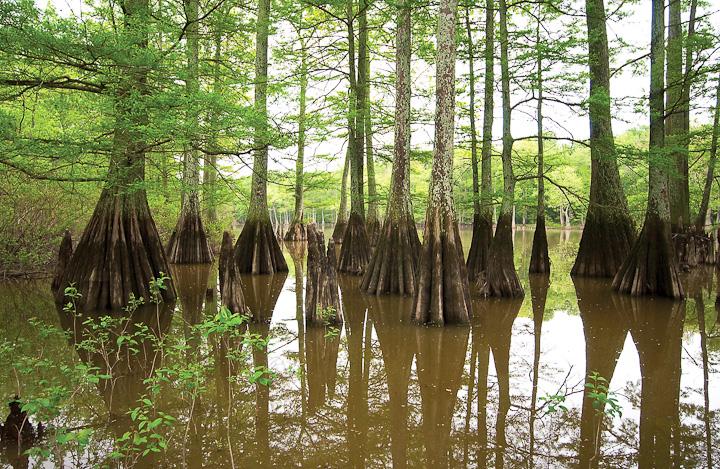
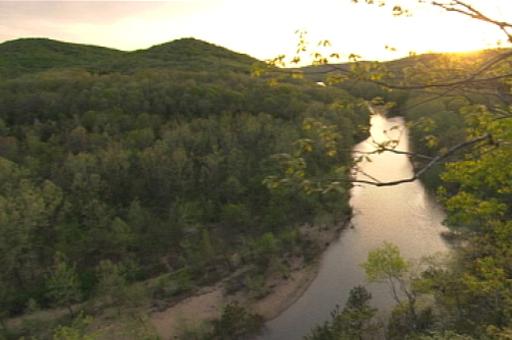
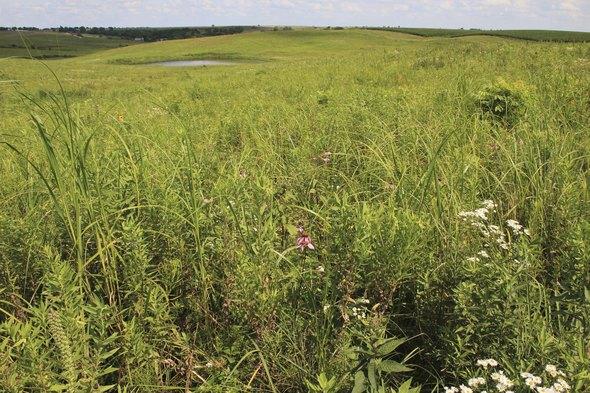
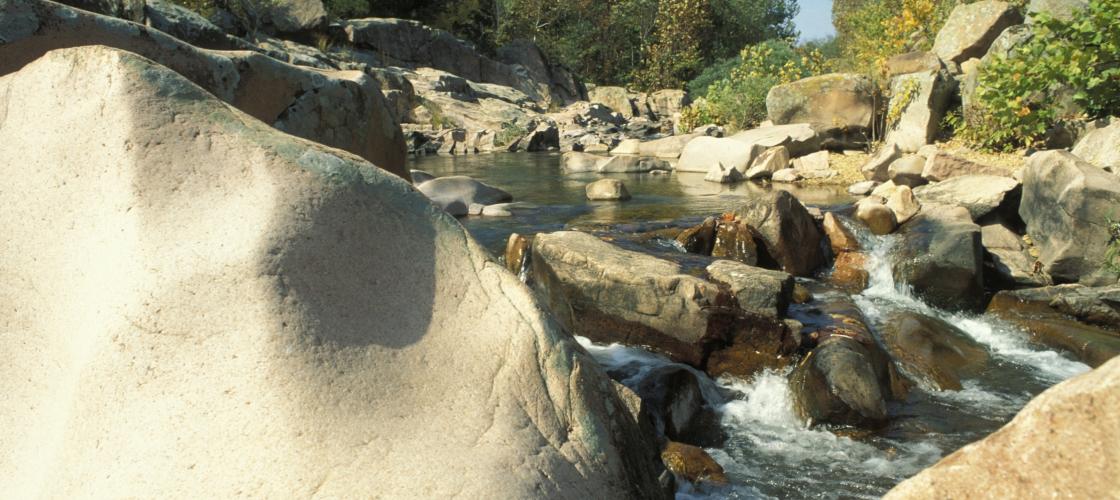
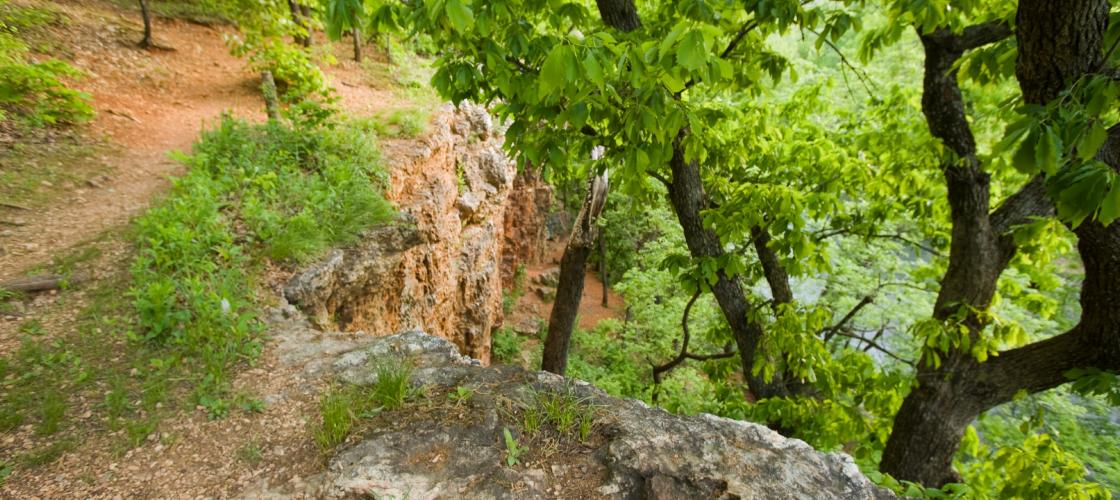
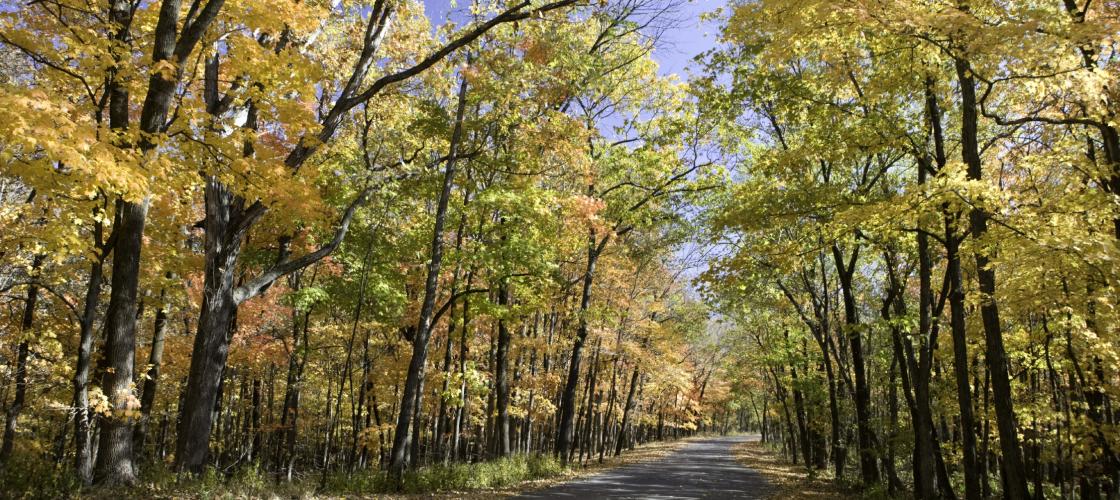
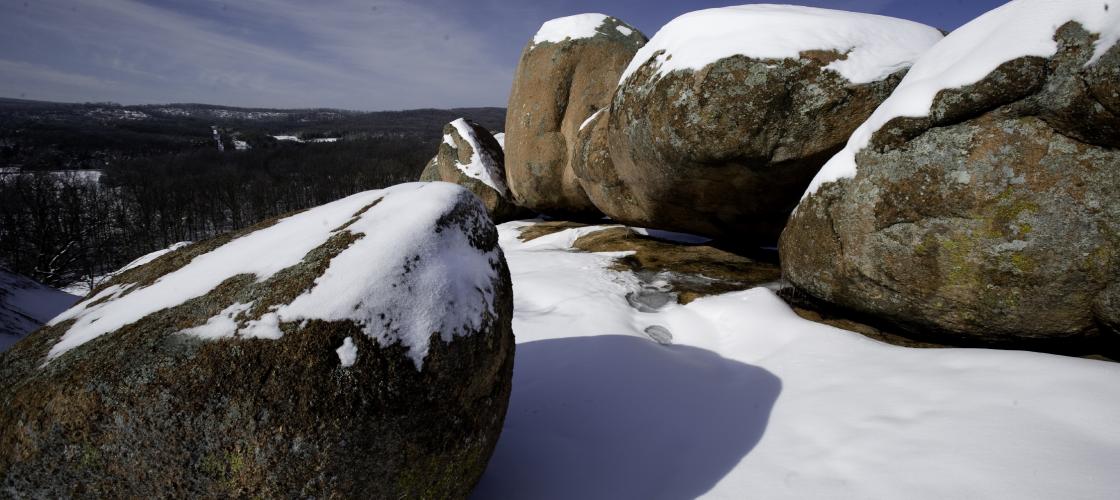
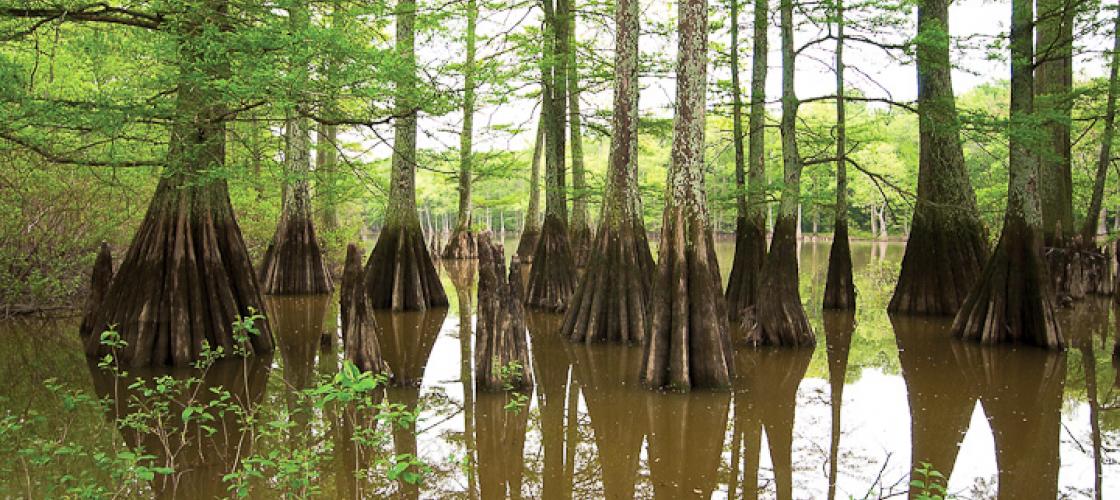
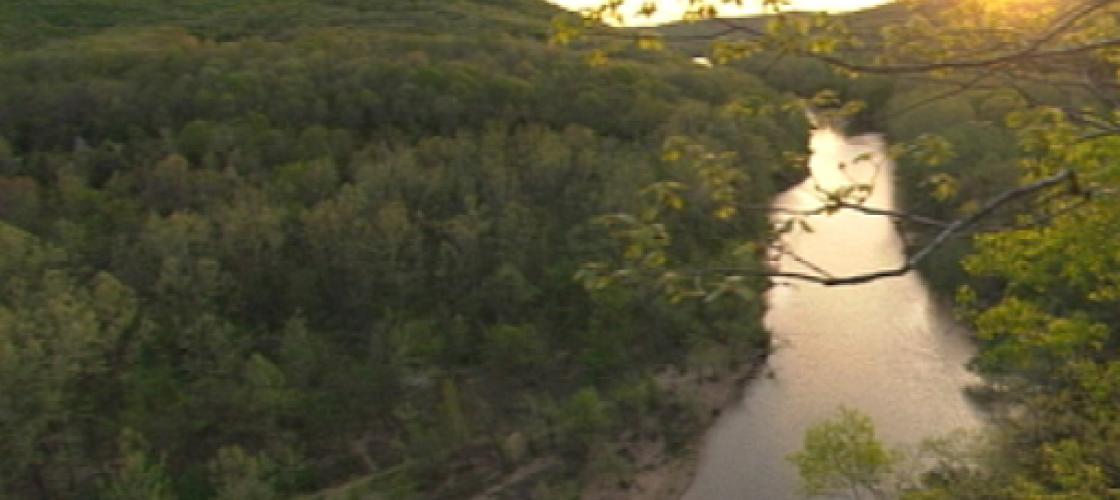
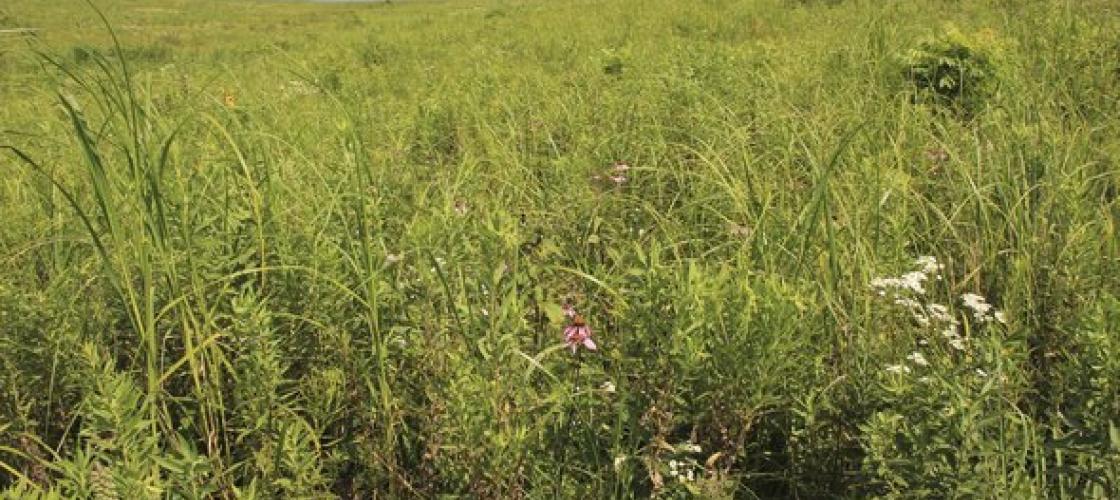
Recent Posts
























